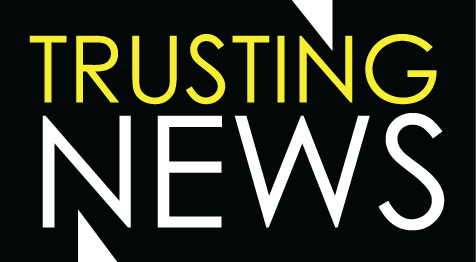The Day
The Day asks community for support during COVID-19
The Day explains why Coronavirus coverage is free
The Day newsroom process

Each week in the Trust Tips newsletter, we break earning trust down into one quick, actionable tip.
Subscribe here.
